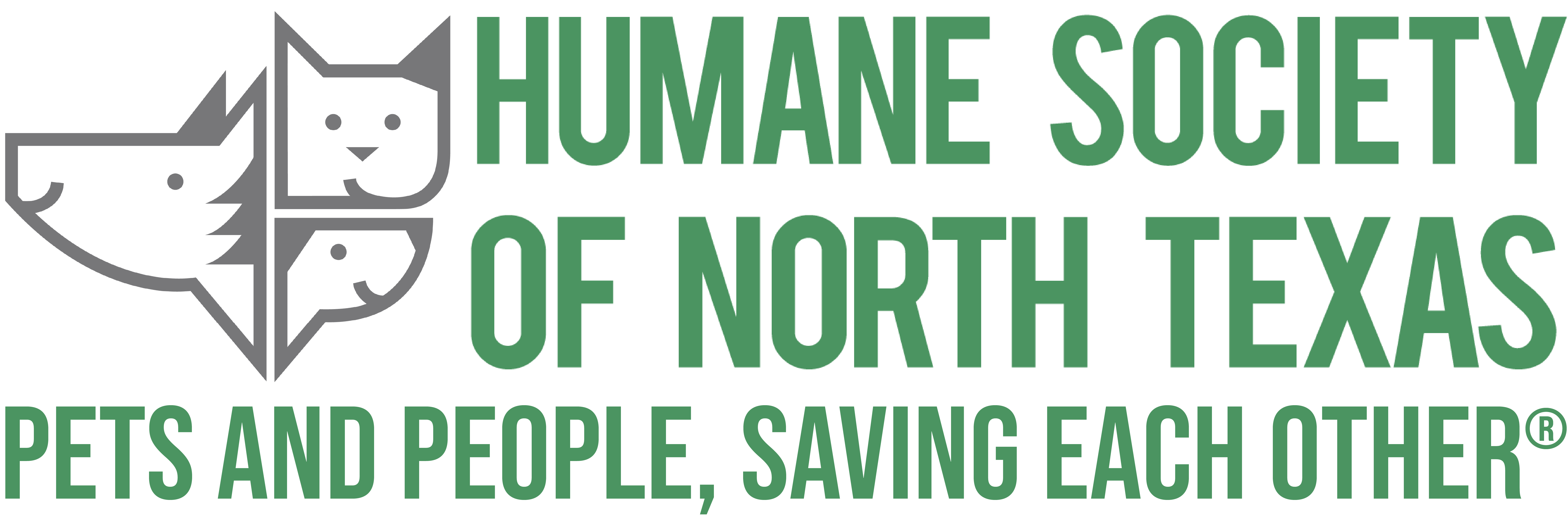Can Dogs Eat Pumpkins, Sweet Potatoes & Nuts?
- Humane Society of North Texas
- Oct 26, 2020
- 2 min read
Updated: Jan 12, 2021
When you think of autumn, the foods that come to mind are probably the key ingredients to some of your favorite holiday meals and treats: pumpkins, sweet potatoes and nuts.
It’s tempting to share these treats with your dogs in celebration of the season, but are they safe for them to enjoy?

Which Fall Foods Can Dogs Enjoy Safely?
Pumpkin
Dogs will eat almost anything, so a pumpkin isn’t out of the question, particularly since tiny pumpkins and gourds may resemble a toy or ball. Although your dog could eat a whole, raw pumpkin, it’s not recommended.
Canned pumpkin, however, is another story. Canned pumpkin (NOT canned pumpkin pie mix, which contains sugar and spices) is a great source of fiber and can even help with digestive upset. It’s also low in calories and could help with weight loss if substituted for a portion of their daily kibble. It’s also a great source of potassium, Vitamin A, iron and beta carotene.
Pumpkin seeds can make a healthy and tasty treat, too, as they contain nutrients such as antioxidants, which play a role in overall health. Talk to your veterinarian before making any substitutions to ensure your dog is still eating a 100% nutritionally complete diet.
Sweet Potatoes
Sweet potatoes are a great, lower-calorie treat option for dogs! A cooked, mashed sweet potato is a tasty addition to a dog’s meals in moderation. Skip the brown sugar, marshmallows, butter, syrup and other additions. Plain, mashed sweet potato is delicious enough for most dogs. Adding extra fat and calories could make it too much of a good thing.
Hazelnuts
Hazelnuts are another tasty fall ingredient dogs can enjoy. Hazelnuts are not toxic to dogs, but they do present a choking risk, as do all nuts of their size. Even a portion of a hazelnut might overcome the digestive tract of a small dog. Keep your dog’s size in mind when deciding if a bit of hazelnut is something he just has to have. While they are delicious, they’re also high in fat—something dogs don’t need more of.
Regardless of the type of treat or snack you feed your dog, it should comprise no more than 10 percent of his daily calories. The other 90 percent should come from a complete and balanced dog food. Keep this in mind if you decide to let your canine companion enjoy one of the fall treats above. You can celebrate the season even more with tasty dog food and treats containing some of these festive ingredients.
Information for this blog post provided by Purina.com.
Pets and People, Saving Each Other ™
HSNT’s mission is to act as an advocate on behalf of all animals and to ensure their legal, moral and ethical consideration and protection; to provide for the well-being of animals who are abandoned, injured, neglected, mistreated or otherwise in need; to promote an appreciation of animals; and to instill respect for all living things.


